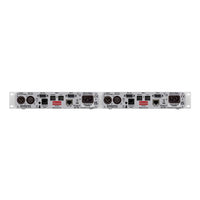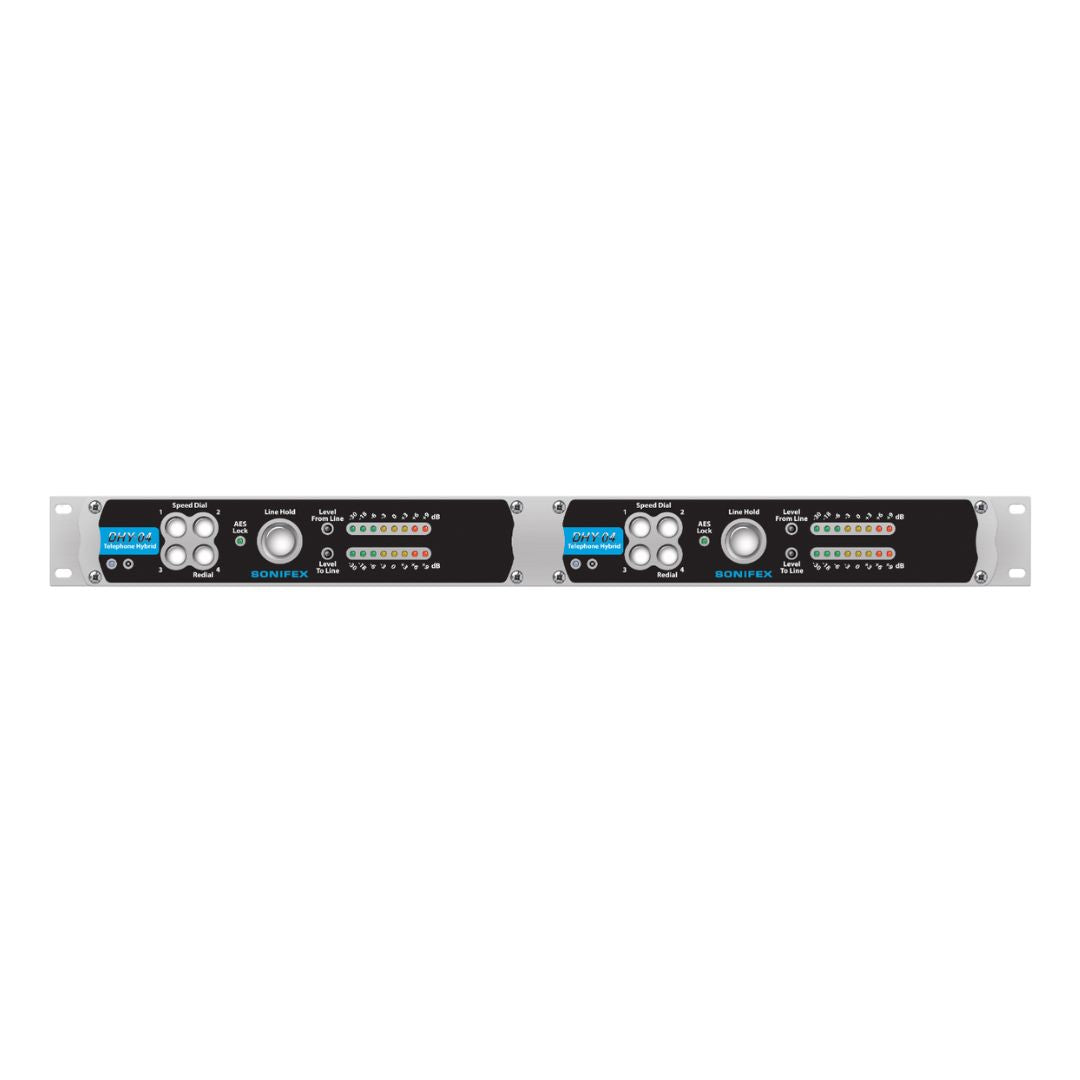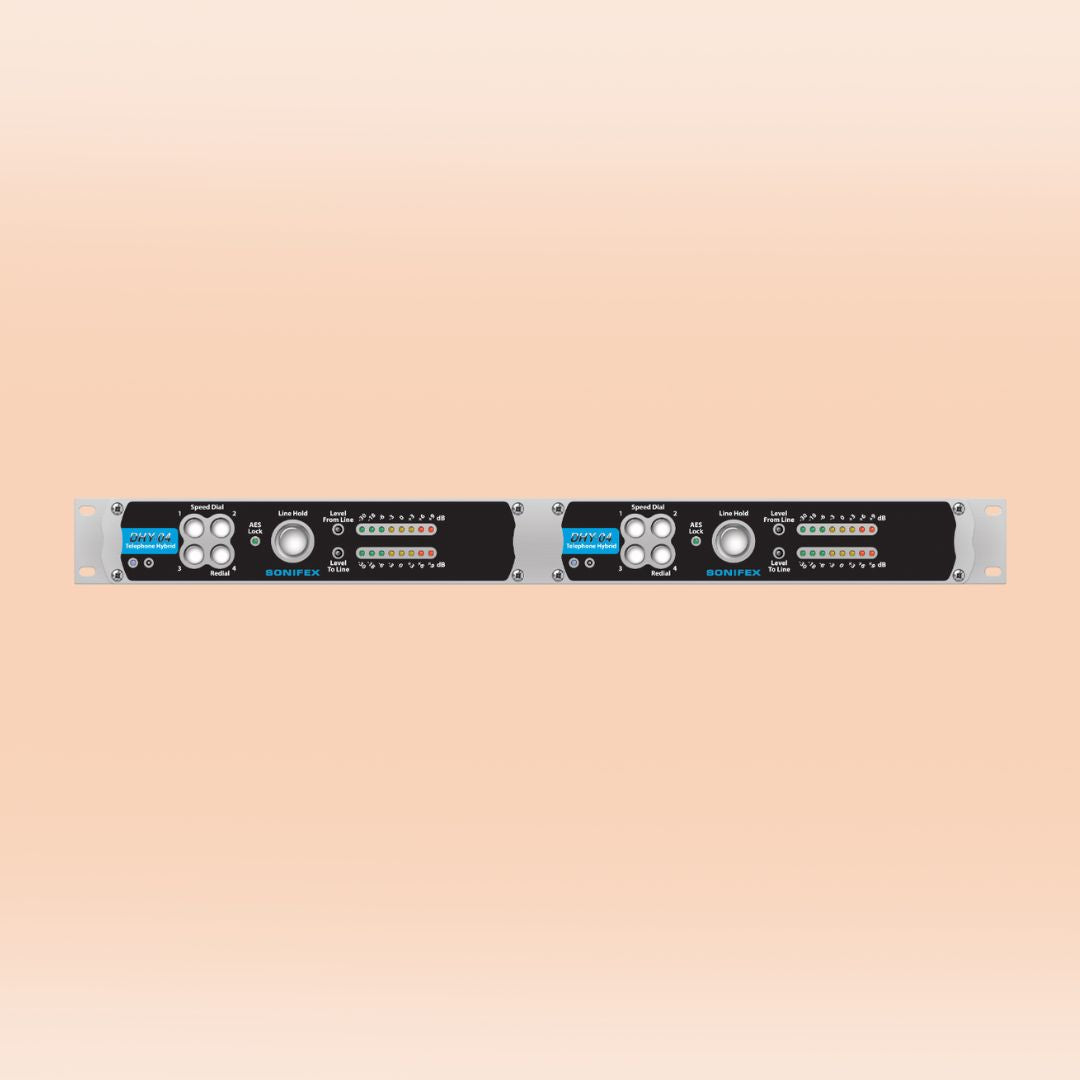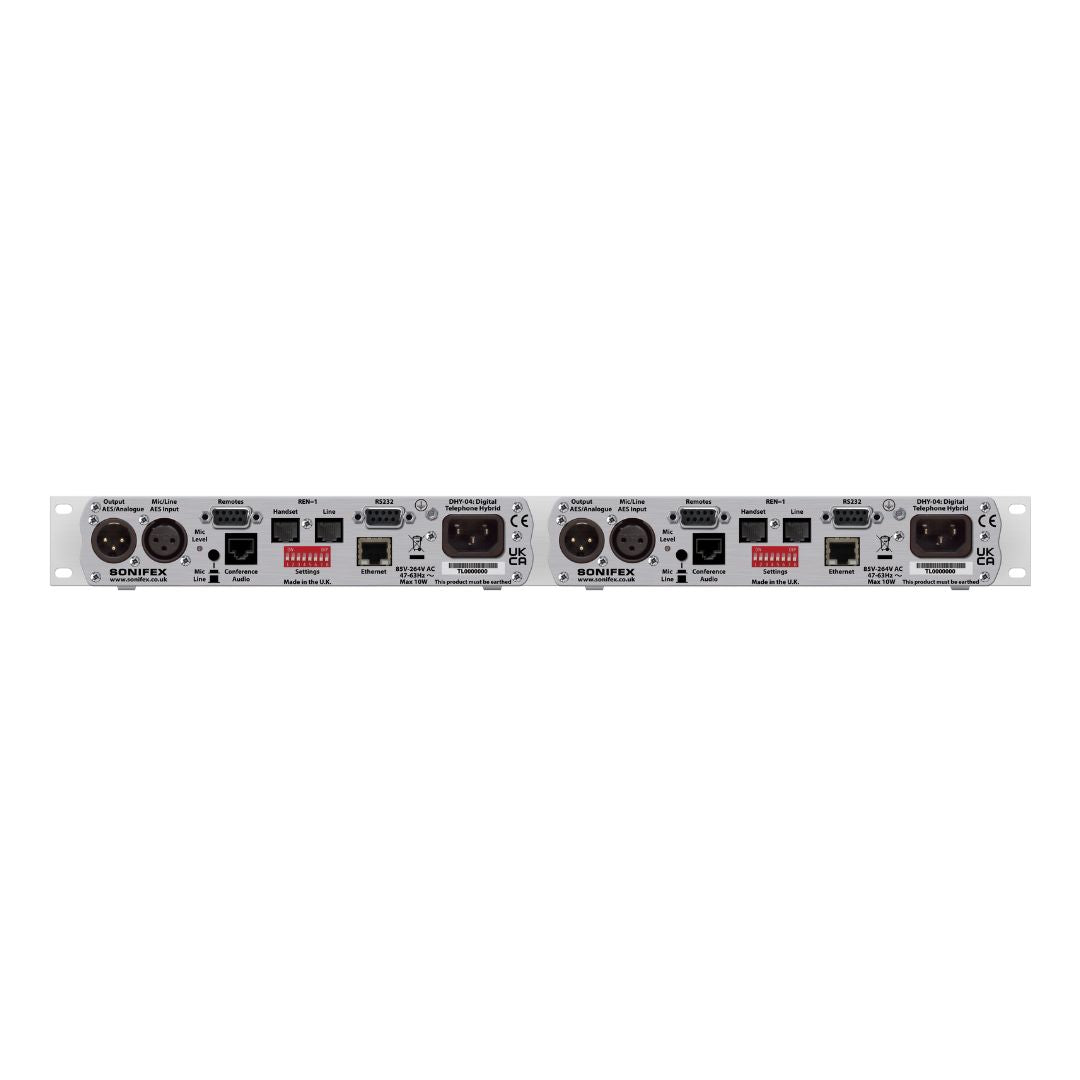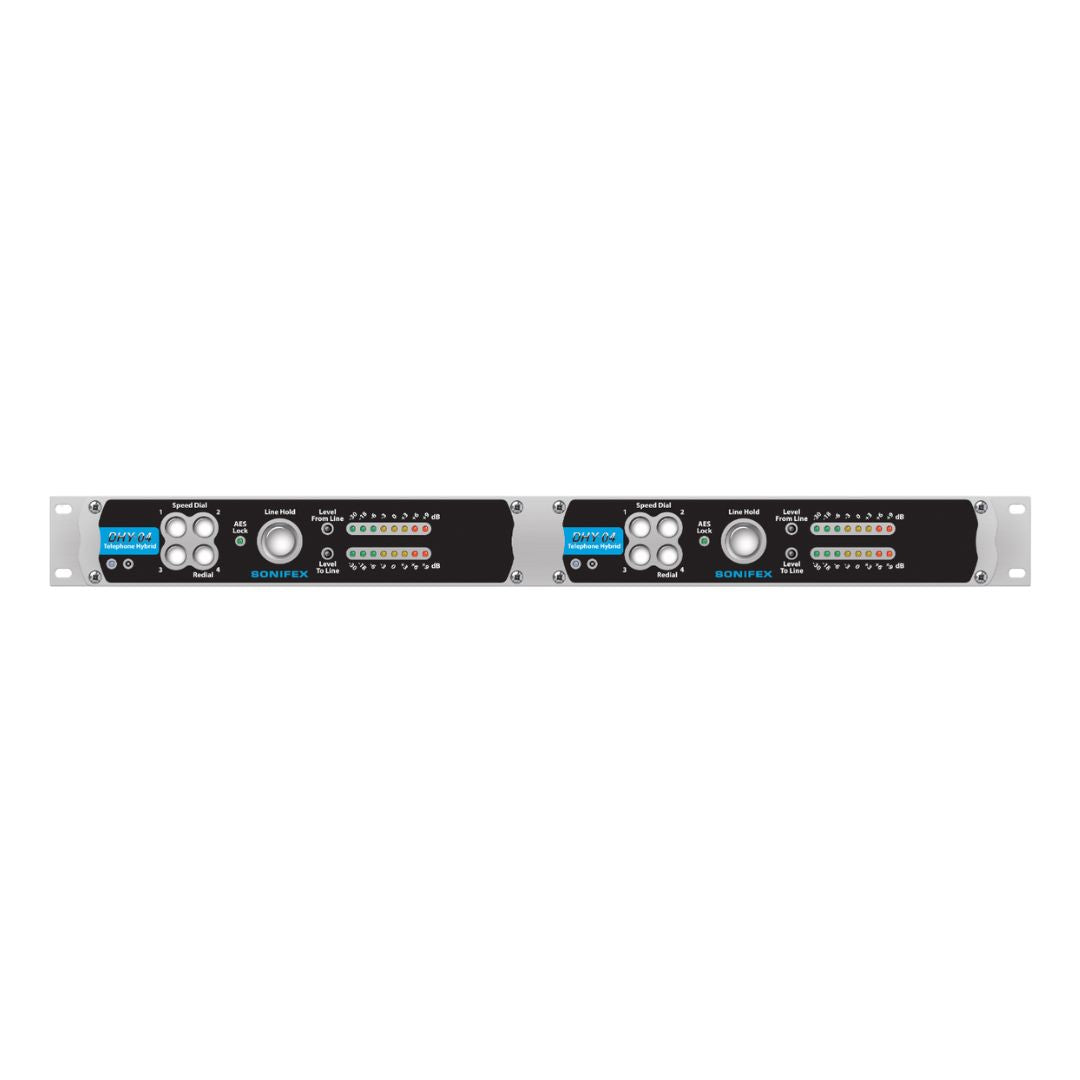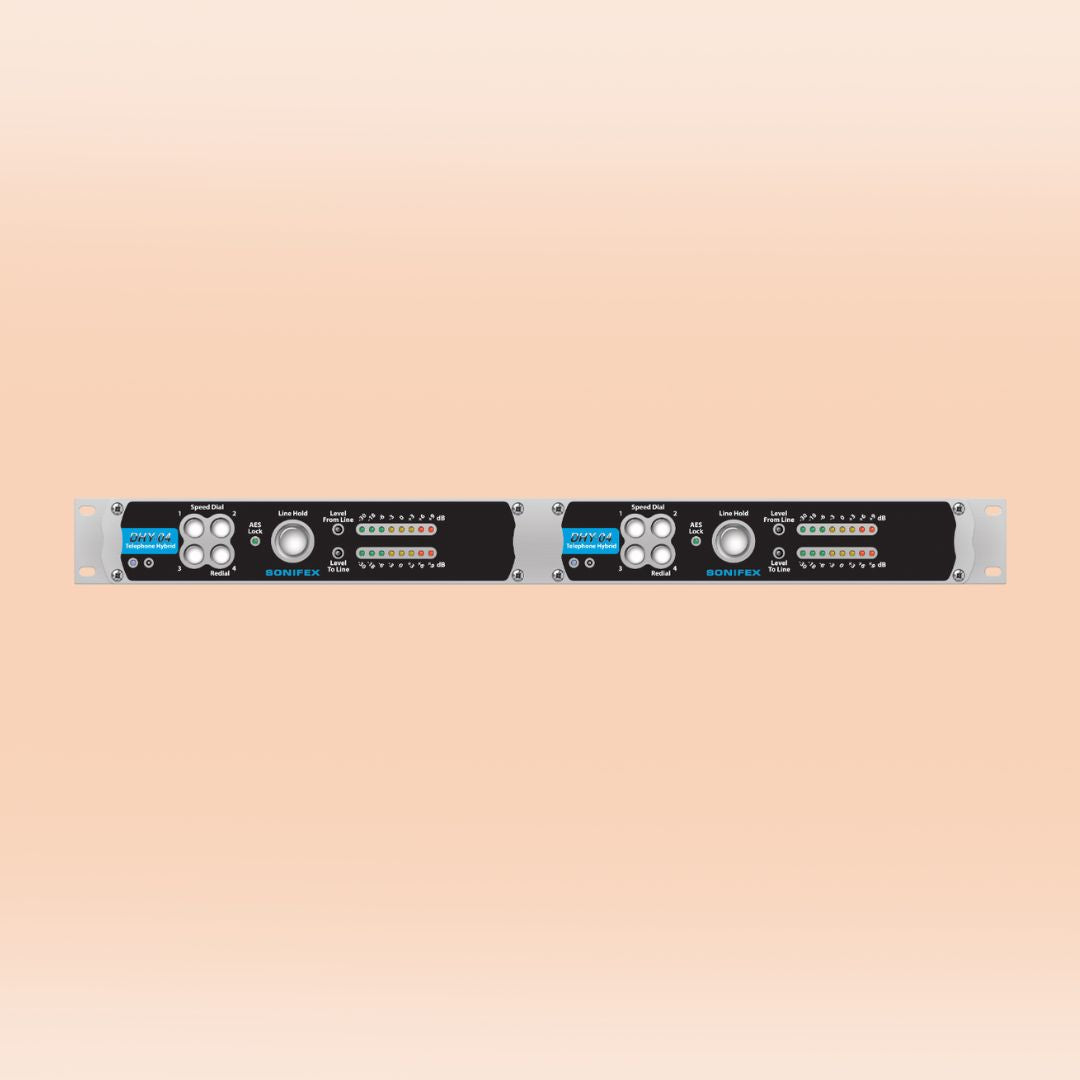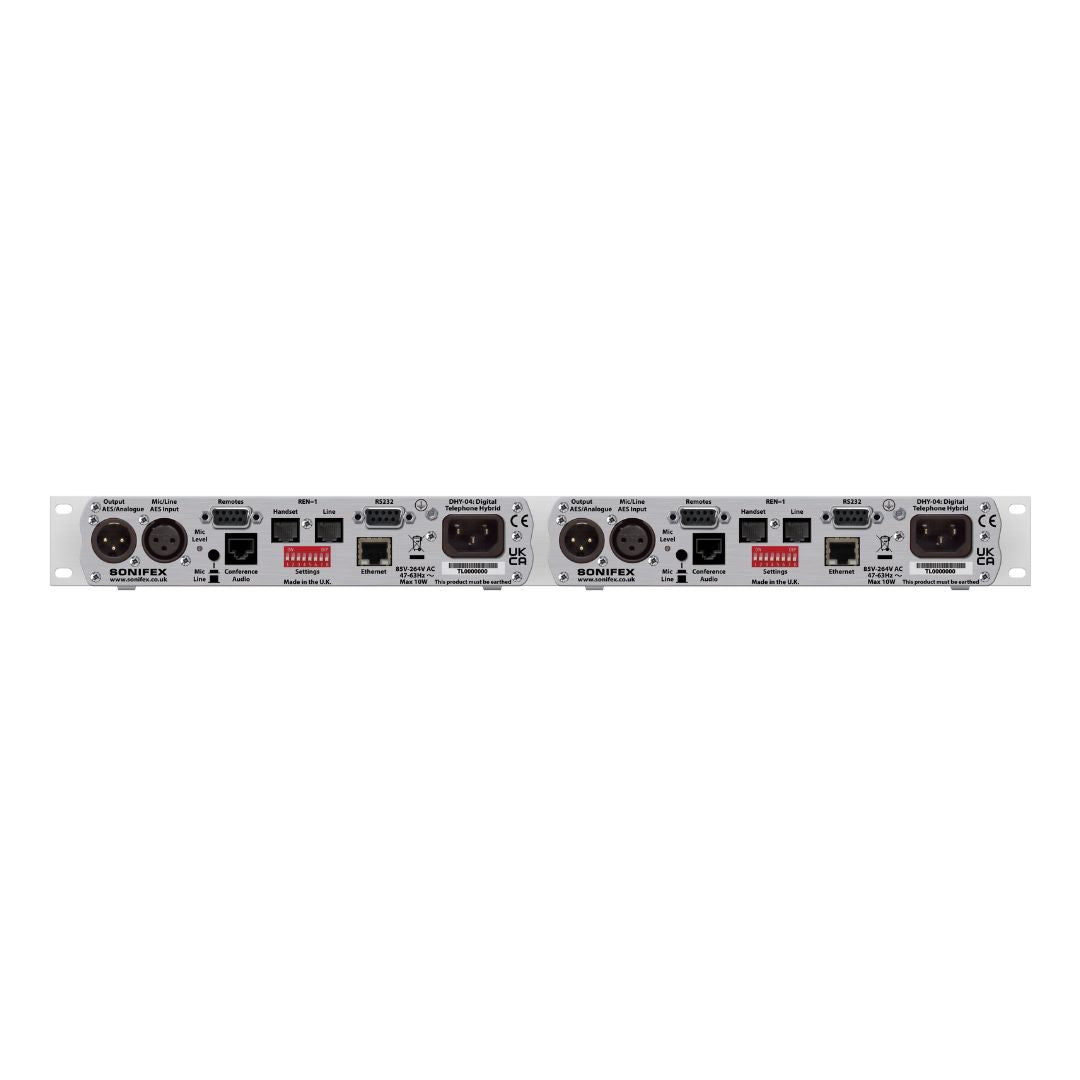Sonifex DHY-04T Twin Digital TBU, AES/EBU, Analogue, Ethernet
The Sonifex DHY-04T Twin Digital TBU gives you everything you need to make your phone calls sound crisp and clean—even over standard phone lines. It’s designed to give broadcasters and studios a simple, dependable way to handle two phone lines at once, with built-in controls right on the front. Whether you're taking live calls, doing remote interviews, or patching in reporters, the DHY-04T keeps your sound clear and easy to manage.
Sonifex DHY-04T Twin Digital TBU, AES/EBU, Analogue, Ethernet Review
Packed with upgraded features, the Sonifex DHY-04T is a powerful step up from the DHY-03. It now supports both analogue and digital AES/EBU inputs and outputs with automatic switching. You can control it locally or remotely using a web browser, thanks to its built-in Ethernet interface. It delivers impressive line balance rejection (up to 88dB) and adaptive echo cancellation, making it perfect for professional studios that need to manage high-quality telephone audio with minimal fuss. With dual hybrid channels, front panel speed dials, and built-in conferencing, it’s a serious tool for serious audio work.
Sonifex DHY-04T Twin Digital TBU, AES/EBU, Analogue, Ethernet Features
- Easily switches between two phone lines with one unit
- Lets you save and call preset numbers quickly using four front buttons
- Connects to the internet so you can set it up through your web browser
- Helps remove background noise and echo for clearer calls
- Makes it easy to record both sides of a phone conversation
- Built-in buttons let you control volume and call status at a glance
Sonifex DHY-04T Twin Digital TBU, AES/EBU, Analogue, Ethernet Specs
- Works with 90V to 250V AC, 47–63Hz power sources
- Accepts both analogue and digital AES/EBU signals with auto detection
- 110-ohm balanced digital input and output with up to 96kHz sample rates
- Balanced mic/line input with adjustable gain from 35dB to 65dB
- Dual XLR connectors and RJ11 phone line ports
- Up to 127ms adaptive echo cancellation and 76–88dB line rejection


